PosiBlog
Connector Density Demands Point to Retro Manufacturing Process
by Natesh Kannan Gopalakrishnan, Global Product Manager at Positronic
Sometimes, the solution to a new problem is found in time-tested methods, hidden in plain sight. We’re seeing that today in the supply of electrical power.
There is a growing need for more power to be sent through smaller and smaller electrical connectors, as next generation microprocessors and other components demand more current. The upshot of sending more current through smaller areas is more heat. Previously, the best way to reduce heat was to add space, but that’s no longer an option. In addition, safety agencies are regulating connector parameters (such as creepage and clearance distances) to help ensure safety. This further complicates the pursuit of downsizing.
What is required is higher Linear Current Density (LCD) (the amount of current that can be fed through a connector within a linear space of 25.4 mm or 1 inch along the connector body).
For the past 40 years, the interconnect world has been highly influenced by stamped contact technology. This method has helped to make mass-produced electronics affordable. To situations where power density is needed in a small space, stamped contact connector manufacturers have offered what has become known as the blade connector, a type of single-wire connection using a flat conductive blade that is inserted into a blade receptacle. Though the blade connector offers attractive pricing and some improvements over other stamp-and-form solutions, other connector technologies are more suitable in many applications.
This is where a time-tested solution enters the scene. Another connector technology, solid-machined contact manufacturing, in use for more than 70 years, is now being “rediscovered” for its power density advantages.
Solid contacts are “turned” or machined on precision lathes, equipment initially invented for the Swiss watch industry. Solid contacts are just that – solid metal, typically made of brass and bronze alloys.
Since stamped contacts became popular in the 1970s, solid contact connectors became more of a specialty item, used primarily for high reliability applications, such as those found in the medical, defense and aerospace industries. But because of their unique capabilities, solid contact connectors are still relevant.
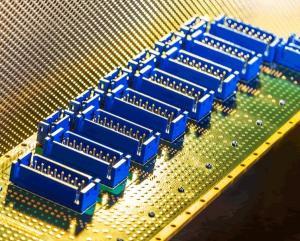
Swiss Watch manufacturing method produces superior linear current density in machined contacts compared to blade contacts.
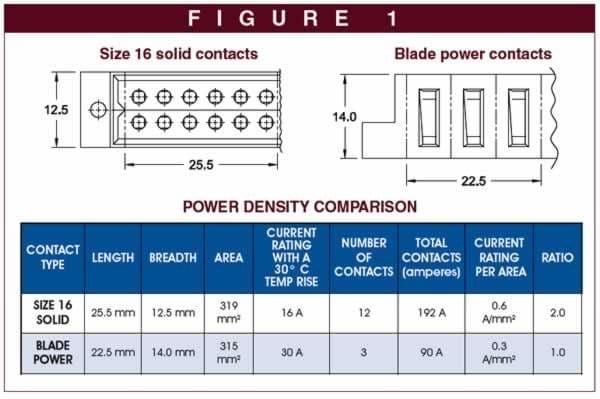
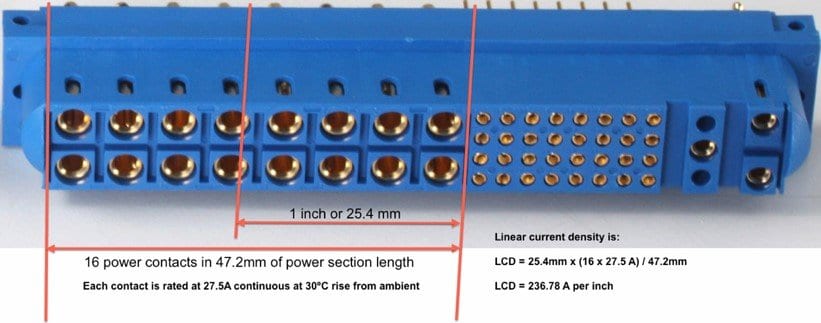
Linear Current Density
Comparing the Ultra-High Power Blade from FCI with the Positronic Scorpion
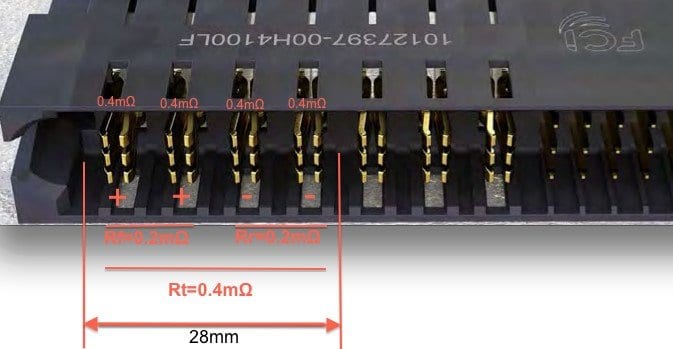
Power Blade
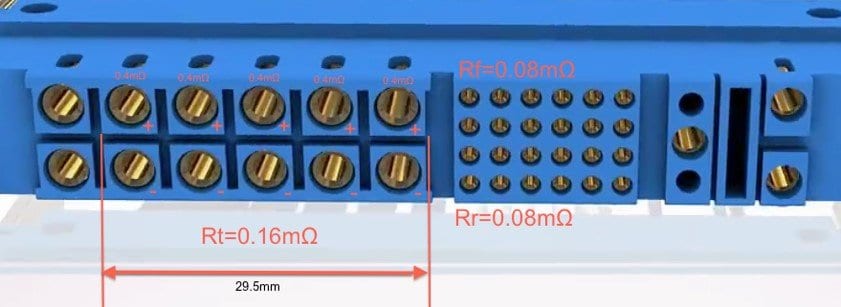
Positronic Scorpion
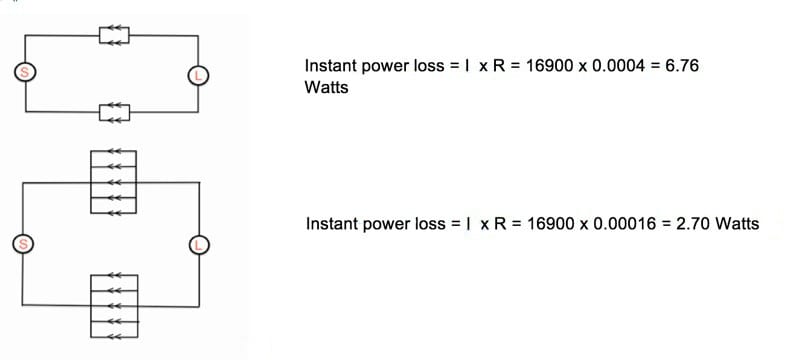

The Positronic Scorpion connector, a machined-contact power connector, produces a decent improvement in unit efficiency. In one year of continuous 24/7 operation, the Scorpion connector saves valuable kWhours, which translates to over few dollars of savings per connector. At some point in the life cycle of the equipment, the savings in energy cost alone would many times exceed the initial cost of the Scorpion connector.
And when additional factors are considered, solid-contact connectors can also show other cost savings. When used with advanced mating area designs such as PosiBand, they offer up to two times more power density than a blade connector.
It should be no surprise that the time-tested quality of machined contacts, used in demanding environments where certainty of quality is required, is now providing a vital solution in the industry’s dash to smaller, faster, and cooler.
It may be time to look for that old Swiss watch!
Note: Content from ConnecterSupplier.com was used to write this article.
Latest Posts
- A Series Backshell Product Derivative: Introducing Precision Machined Banded Backshells March 12, 2024
- Exploring the E-Mobility Market with Positronic Connectors December 1, 2023
- Positronic Announces EL Series Aluminum Backshells August 7, 2023
- Positronic Releases New Zinc Die-Cast Backshell Series July 26, 2023
- Why Are Semiconductors So Vulnerable to Supply Chain Shortages? July 7, 2023